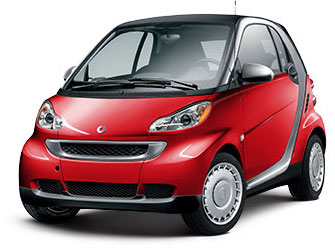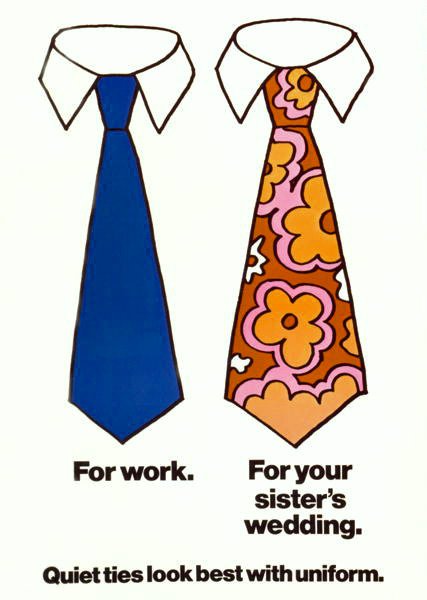Are Pictures Better than Words?
Here's a question for a Friday: Have infographics already jumped the shark?
If you spend even moderate time and energy reading online news, blogs, commentary, etc.; no doubts you've ran into your fair share of infographics in the last couple of years. And like any other art form/data presentation medium some of these infographics are awesome, and some are, well, kind of sad attempts and enlivening thin data sets that would be better communicated in a simple data table, or even a paragraph.
And while infographics may now seem kind of familiar and even a little played out on the web, they have not really entered the day-to-day flow inside most organizations. I bet no one reading this post has ever responded to the boss' request for some HR or Financial data with an infographic, even if we think that when well executed, the infographic form might help us not only present the data, but tell the story as well.
Might infographics begin to enter the world of work and become as typical as the Excel-based pie chart copied onto a PowerPoint slide?
Maybe.
A new company called Visual.ly is building out a service that will allow people to create custom infographics using information from their own databases and APIs. The service will be automated, which means users will only need to indicate the kind of information they want to display visually to produce the infographic. You can see some samples of what these infographics look like here.
Pretty neat right? And even the most jaded web natives among us would probably admit that even the simplest of these infographics are often an improvement in presentation and 'interestingness' than the spreadsheets and data tables we have all been working from for ages.
Visual.ly has produced thousands of infographics to date, mostly for big media companies and online news services like the Wall Street Journal and The Economist; and has plans to go public with its service in December. Until then, you can experiment a bit with the self-creation process by creating a simple infographic of your own Twitter persona, (mine is below).
What do you think - do you see a time where simple, created with a few points and clicks type infographic presentations of enterprise data will become as common place as the pie chart?
Should enterprise systems build in this kind of capability, or is this better left for getting attention on the web?
FYI - Here is my little infographic experiment:

Have a great weekend!

 Steve
Steve




